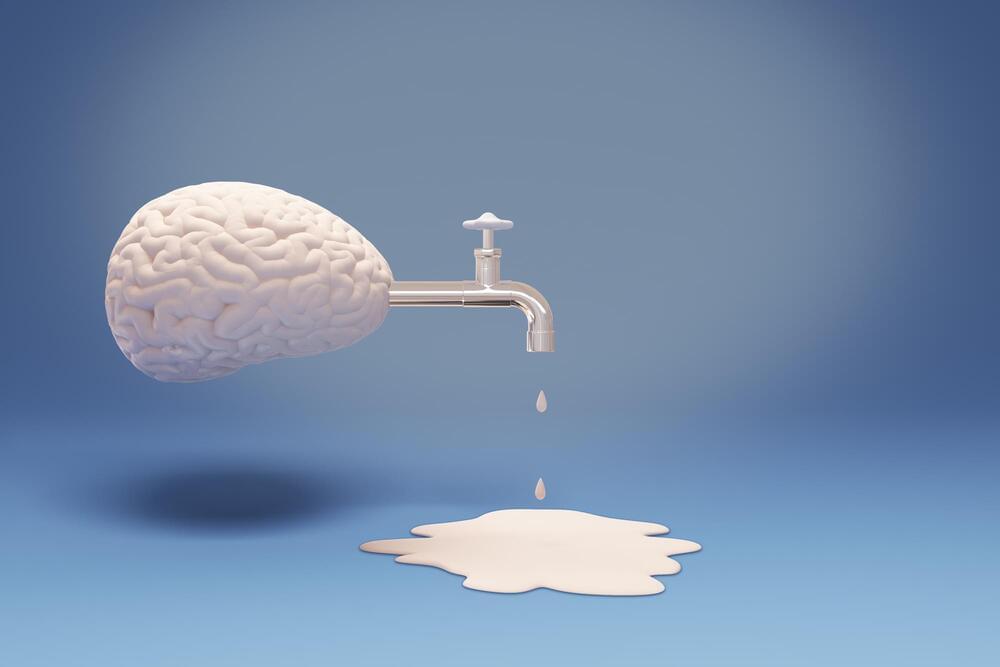First described by Nedergaard and her colleagues in 2012, the glymphatic system is the brain’s unique waste removal process that uses cerebrospinal fluid (CSF) to wash away excess proteins generated by energy hungry neurons and other cells in the brain during normal activity.
A drug used to induce labor in pregnant women has been shown to reactivate tiny waste-clearing pumps in the brains of old mice. The finding could hold promise as a new way to fight Alzheimer’s and Parkinson’s diseases and overall cognitive decline.
When our brains are working properly, there is an excess of proteins that build up from the energy intensive processes that take place between our neurons. Those proteins need to be removed in order for the brain to continue to operate properly. When they aren’t, they can gunk up the works, leading to the beta amyloid and tau protein tangles that are a hallmark of Alzheimer’s disease or the build up of alpha-synuclein that accompanies Parkinson’s.
In 2012 Danish neuroscientist, Maiken Nedergaard first described the system that uses cerebrospinal fluid (CSF) to remove waste from the brain and termed it the glymphatic system. Now, Nedergaard and her colleagues have looked deeper into the glymphatic system, focusing on lymph vessels called lymphangions. These are a series of tiny pumps in the neck that are responsible for moving dirty CSF out of the brain and into the lymph system where it ultimately reaches the kidneys to be processed.










Leave a reply